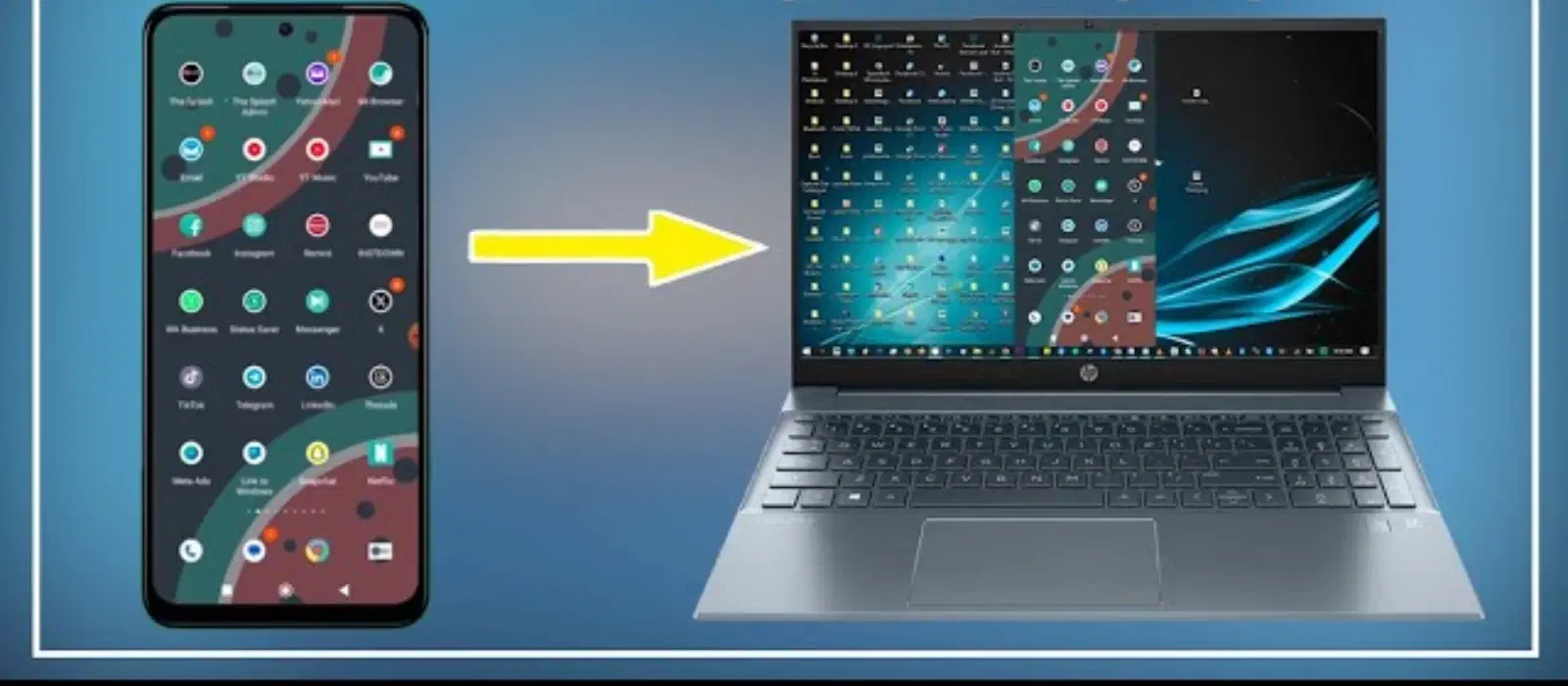
Consumer Electronics
•04 min read
Imagine needing to transfer important files from your phone to your laptop, only to be met with stubborn connection issues. Millions face this challenge every day, and it can be incredibly frustrating when your mobile device isn’t detected by your computer. In this guide, we explore why your phone might not be connecting to your laptop, address USB connection issues with phones, and offer simple, actionable solutions to get you back on track.
One of the common culprits behind connection issues is the misconfiguration of USB modes. Phones typically offer several options such as charging only, file transfer, and MTP (Media Transfer Protocol). If your device is stuck on a mode that only charges it, your laptop may not detect the media files stored on your phone. Check your mobile settings to ensure the mode is set to file transfer. For Android devices, swipe down the notification bar to change the USB settings. iPhone users should look for the prompt to trust the connected computer.
A worn-out or incompatible USB cable can also cause connectivity issues. Even if your devices are in the correct settings, physical damage or a weak USB connection prevents successful data transfer. Try using a different cable or plugging into another port on your laptop to isolate the issue.
Your laptop relies on the latest drivers and system updates to recognise connected devices properly. Outdated software can prevent your computer from communicating with your phone effectively. Whether you’re using Windows or macOS, consider updating your drivers and operating system to ensure smooth connectivity.
Before diving into more advanced techniques, try the basics: restart your phone and laptop. A simple reboot can often resolve temporary glitches and establish a fresh connection. Additionally, ensure that your phone is unlocked during the connection process as security settings might prevent automatic data sharing when locked.
For Android users, enabling USB Debugging Mode can frequently bypass stubborn connection errors. This setting, found under Developer Options, allows your laptop to communicate more directly with your phone. Similarly, clearing the USB cache on your laptop or resetting the USB ports can refresh your connection. These steps are particularly useful when previous troubleshooting methods haven’t yielded results.
If a physical connection proves problematic, consider wireless file transfer methods. Bluetooth, cloud storage solutions, or dedicated apps like AirDroid offer alternative routes to transfer data. While these methods might be slightly slower, they provide a flexible backup option when USB connection issues with your phone persist.
Pro Tip: Troubleshooting USB Connection Errors
Did you know? Enabling USB Debugging Mode on Android devices can bypass many connection errors. To access this feature, navigate to Developer Options in your phone’s settings. This small tweak often makes a big difference in resolving connectivity issues.
If your phone is connected but only charging, the issue might be specific to Android settings. Check that the USB mode is set to file transfer rather than just charging. For Windows users, updating or reinstalling MTP USB drivers can significantly improve recognition by your laptop.
For iPhone users, connection issues might stem from prompts such as "Trust This Computer." Ensure that you tap the correct prompts to establish a secure connection. Additionally, keeping iTunes updated can help your computer synchronise smoothly with your iPhone, especially when your device seems to only charge.
Modern operating systems can occasionally experience unique challenges with device recognition. If your laptop is running Windows 10 or 11 and fails to detect your phone, confirm that your system is fully updated and that the USB settings in your operating system align with your connectivity needs. Retrying these steps can resolve many common issues.
Maintaining clean USB ports and cables is essential for reliable connectivity. Avoid bending cables excessively and regularly clean out any debris from USB ports. Likewise, routine software updates on both your phone and laptop keep your devices running efficiently and minimise future connection hiccups.
Always use trusted cables and adapters tested for quality and compatibility. Additionally, if constant connectivity is crucial for your workflow, consider using third-party apps available on platforms like Tata Neu’s ecosystem that facilitate seamless syncing between devices. Remember, the Tata Neu platform also lets you earn NeuCoins on every transaction, enhancing your shopping experiences across trusted brands.
Ensure your USB mode is set to "File Transfer" rather than "Charging Only". Also, inspect your cable and port for any visible signs of damage or incompatibility.
Outdated drivers or software on your laptop can cause detection issues. Updating your drivers and system software might resolve the problem.
Start by restarting both devices and using a compatible, working USB cable. For Android devices, enabling USB Debugging Mode can also help establish a stronger connection.
Double-check your mobile device's USB mode settings and verify your laptop is equipped with the necessary drivers. A quick update might be all you need.
Yes, various wireless options exist such as Bluetooth, cloud storage services, or specific apps designed for wireless file transfers.
The frustration of your phone not connecting to your laptop is typically due to simple issues, such as misconfigured settings, faulty cables, or outdated drivers. By following the outlined steps, from basic restarts to advanced USB debugging, you can rapidly diagnose and resolve the problem. Whether opting for a wired solution or exploring wireless alternatives, ensuring a seamless connection between your mobile device and computer is now within reach.
In our digital era, staying connected and efficient is essential, and troubleshooting these issues empowers you to solve problems independently. Embrace these insights, and look forward to a smoother, more reliable experience when syncing your phone with your laptop. Tata Neu’s commitment to blending convenience and seamless connectivity means you can focus on what matters most while reaping additional benefits like rewarding NeuCoins on every smart transaction.